Monarch Security .
Jay 6a Chicago
5 years ago
Featured Answer
Sort by:Oldest
Comments (104)
Jay 6a Chicago
5 years agoJay 6a Chicago
5 years agoRelated Discussions
Monarch Eclosed in Dinning Room!!
Comments (1)I'm glad you managed to get her out of the house safely! :) Sherry...See MoreFive Monarch Cats Are Now My New Pets :)
Comments (10)If they are healthy, the cats will pupate, and hang as chrysalids. They will develop into butterflies in about 9 days, if they are kept at 80 degrees F, approximately. This would give them a jump on the long flight south, to Mexico. If the weather cools, to 60's and 70's, then the chrysalids might require 12 or even 14 days to mature into butterflies. With regard to your potted tropical milkweed, most people consider this plant to be an annual, north of the Mason-Dixon line. It might be best to start over with a new plant, come next spring....See MoreHelp! Monarchs pupating without silk pad
Comments (5)There are all kind of options that forum members have used. Some have used thread, some have rested them in various configurations (using sticks, paper towels, etc. to climb up on), using a pin to hold the little bit of silk left, and various glues. I have used glue dots but find that a low temperature glue gun works best. This is a method that a lot of butterfly houses use. If you are glueing dozens of chrysalides it makes it go fast. You just apply the glue to where you want to stick the chrysalis, then let it cool a little, then stick the cremaster in. Experiment a little and see what works for you. Just remember that the chrysalis is very soft and can rupture easily if handled right after pupation. Good luck, Elisabeth...See MoreNo Monarchs Here
Comments (41)Leekle2ManE, it sounds like you have plenty of good nectar plants. As long as you continue to have a lot of milkweed you should get more Monarchs. One thing to consider is what your neighbors have in their gardens. If none of them have any milkweed it might be difficult for the Monarchs to establish a large breeding population. If you have a big enough yard and a lot of milkweed you can become your own breeding station. On a positive note last week the Lowe's in Clermont got in a large shipment of tropical milkweed. I purchased two and the lady at the counter said that people were purchasing a lot of them. The first full bloom of coral honeysuckle in the spring is the best attractor for hummingbirds in my garden. It blooms off and on pretty much all the time, but there aren't nearly as many blooms after that first blush. Hamelia Patens (firebush) is now an excellent hummer plant for me and it attracts many butterflies but the Zebra Longwings really love it. Tom, Clermont, Zone 9B...See MoreJay 6a Chicago
5 years agolast modified: 5 years agoJay 6a Chicago
5 years agoJay 6a Chicago
5 years agolast modified: 5 years agoJay 6a Chicago
5 years agoJay 6a Chicago
5 years agolast modified: 5 years agoJay 6a Chicago
5 years agoJay 6a Chicago
5 years agoJay 6a Chicago
5 years agolast modified: 5 years agoJay 6a Chicago
5 years agolast modified: 5 years agoJay 6a Chicago
5 years agolast modified: 5 years agoJay 6a Chicago
5 years agoJay 6a Chicago
5 years agolast modified: 5 years agojaviwa
5 years agolast modified: 5 years agoJay 6a Chicago
5 years agoJay 6a Chicago
5 years agolast modified: 5 years agojaviwa
5 years agolast modified: 5 years agojaviwa
5 years agoJay 6a Chicago
5 years agolast modified: 5 years agoJay 6a Chicago
5 years agoJay 6a Chicago
5 years agolast modified: 5 years agoJay 6a Chicago
5 years agoJay 6a Chicago
5 years agolast modified: 5 years agoJay 6a Chicago
5 years agolast modified: 5 years agoJay 6a Chicago
5 years agolast modified: 5 years agoJay 6a Chicago
5 years agolast modified: 5 years agoJay 6a Chicago
5 years agolast modified: 5 years ago
Related Stories

GARDENING FOR BUTTERFLIESBe a Butterfly Savior — Garden for the Monarchs
Keep hope, beauty and kindness alive in the landscape by providing a refuge for these threatened enchanters
Full Story
GARDENING GUIDESGreat Design Plant: Milkweed
Quit cringing. This not-weed plant is a sight to behold in the garden, has a delicious vanilla scent and is a magnet for butterflies
Full Story
FALL GARDENINGReflecting on a Gardening Year
Mistakes and successes, surprises and comforts. The garden helps us grow in new ways every year
Full Story
OUTDOOR KITCHENSYour Guide to Grills and More for Great Outdoor Cooking
Learn the pros and cons of gas versus charcoal grills, and about neat add-ons that let you do more
Full Story
HOUZZ CALLHow Are You Passing the Time at Home Right Now?
Share your thoughts about how you are coping with stress and staying grateful during this difficult time
Full Story
LIFE'Not My Precious Books!' — Pain-Free Ways to Declutter Your Library
Have your books and neatness too, with these ideas for paring down and straightening up a beloved collection
Full Story
LANDSCAPE DESIGNThe Benefits of Wild Landscape Design
Wildness doesn’t have to mean disorder. Here are some things it brings to the garden and life
Full Story
EDIBLE GARDENSSummer Crop: How to Grow Blueberries
Plant blueberries in spring or fall for garden beauty through three seasons — and a sweet superfood in summer
Full Story
LANDSCAPE DESIGN9 Fresh Design Ideas From Wildlife-Friendly Gardens
Set up your garden to provide food, water and shelter for birds, bees, butterflies and more without compromising style
Full Story
FURNITUREHouzz Call: Show Us Your Furniture Makeover Project
Have you reupholstered a tattered chair, transformed a dresser or revitalized bookshelves? Share your handiwork!
Full StorySponsored
More Discussions




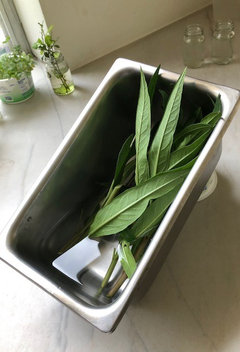


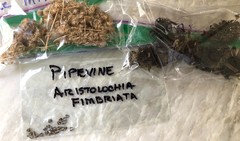



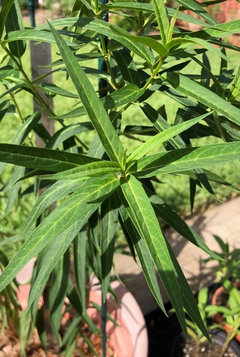
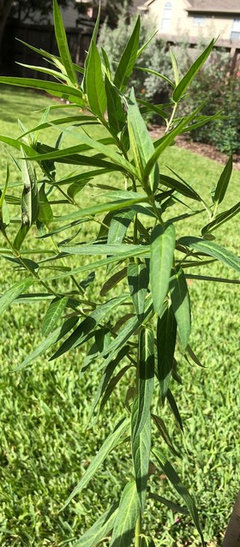


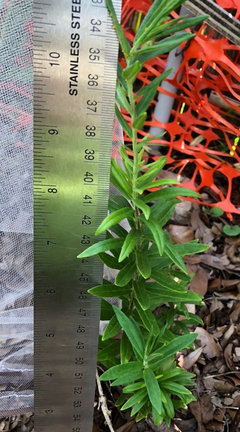



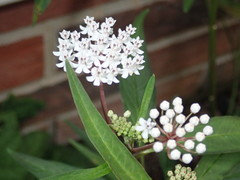





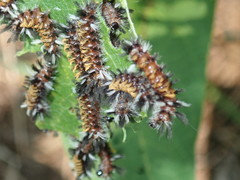
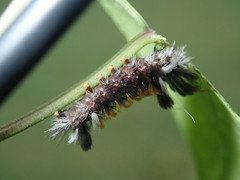






Iris S (SC, Zone 7b)